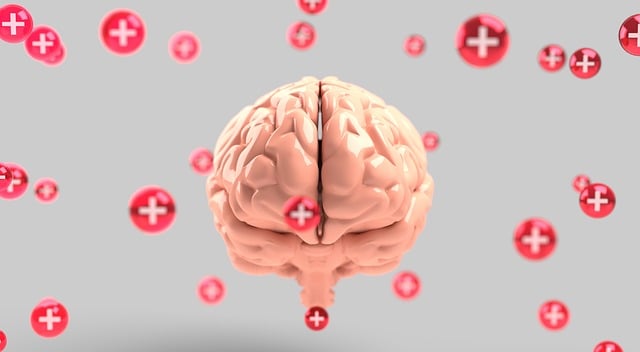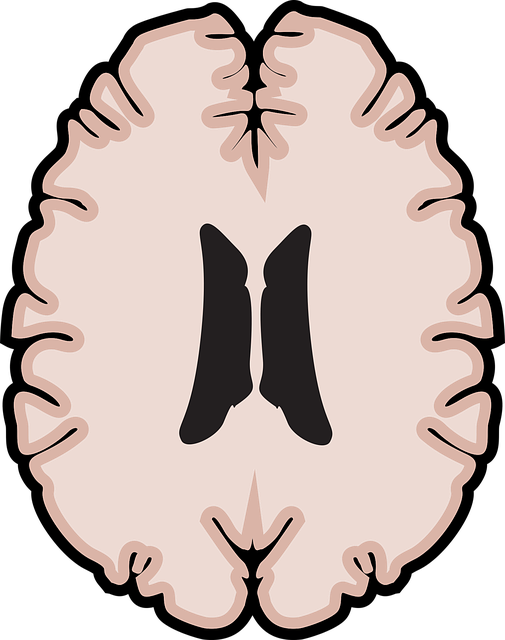Risk management planning is critical for delivering safe and effective therapy for adolescent teens, focusing on identifying, evaluating, and mitigating potential risks. Techniques like journaling track progress and aid early detection of issues. Cognitive Behavioral Therapy (CBT) equips teens to challenge negative thoughts and behaviors, enhancing resilience. Cultural sensitivity allows therapists to customize interventions based on clients' unique contexts and beliefs. Specific risks include self-harm, substance abuse, and trauma symptoms during CBT sessions. Effective strategies involve regularly reviewing treatment plans, collaborating with colleagues, providing therapist training, integrating depression prevention techniques, teaching cognitive reframing skills, promoting mindfulness exercises, and implementing community outreach programs to foster support systems outside therapy.
“In the intricate field of mental health practice, risk management is an indispensable component for ensuring safe and effective care, especially when treating adolescent teens. This article guides mental health professionals through a comprehensive approach to risk management planning. We explore the unique risks associated with adolescent therapy, focusing on Cognitive Behavioral Therapy (CBT) as a powerful tool for mitigation. By understanding these risks and implementing tailored strategies, therapists can create a secure environment, fostering positive outcomes for young minds.”
- Understanding Risk Management in Mental Health Practice
- Identifying and Assessing Risks Specific to Adolescent Therapy
- Implementing Effective Strategies for Mitigating Risks in Cognitive Behavioral Therapy (CBT) for Teens
Understanding Risk Management in Mental Health Practice

Risk management planning is an integral part of ensuring safe and effective therapy for adolescent teens in mental health practice. It involves identifying potential risks, assessing their likelihood and impact, and implementing strategies to mitigate or prevent them. For instance, a mental wellness journal can serve as both a tool for self-reflection and a record of progress, helping to identify emerging issues or setbacks. Journaling exercises guide adolescents to process their emotions in a structured manner, enhancing emotional well-being promotion techniques within the therapy setting.
Cognitive behavioral therapy (CBT) is one approach that mental health professionals can employ to manage risks effectively. CBT equips teens with tools to challenge negative thought patterns and behaviors, fostering resilience against stressors that may exacerbate their mental health conditions. Cultural sensitivity in mental healthcare practice is also crucial; understanding and respecting diverse backgrounds enables professionals to tailor interventions, ensuring that therapy aligns with the client’s cultural context and beliefs.
Identifying and Assessing Risks Specific to Adolescent Therapy

Identifying risks specific to adolescent therapy is an essential step in risk management planning for mental health professionals. Adolescents face unique challenges that can significantly impact their therapeutic journey. One prominent approach, Cognitive Behavioral Therapy (CBT), aims to help teens identify and change negative thought patterns and behaviors. However, therapists must be vigilant about potential risks such as self-harm, substance abuse, or the emergence of complex trauma symptoms during CBT sessions. These risks may require specialized interventions and immediate response strategies.
Professionals in this field should assess each client’s individual needs and background, including their family dynamics, academic pressures, and social media influence, which can all contribute to heightened risk factors. Regularly reviewing treatment plans and collaborating with colleagues through mental wellness podcast series production or participating in Mental Health Policy Analysis and Advocacy groups can enhance early identification of these risks. Furthermore, boosting the therapist’s confidence through training and support enables them to provide more effective care, thereby reducing potential harms and fostering a safer therapeutic environment for adolescent teens.
Implementing Effective Strategies for Mitigating Risks in Cognitive Behavioral Therapy (CBT) for Teens

Implementing effective strategies for mitigating risks in Cognitive Behavioral Therapy (CBT) tailored for adolescent teens is paramount to ensuring positive outcomes and a safe therapeutic environment. Mental health professionals must be adept at identifying potential hazards, such as triggering content or unsustainable coping mechanisms, that can arise during CBT sessions with teens. By proactively addressing these risks, therapists empower adolescents to develop resilience while navigating challenging emotions and thoughts.
One key strategy involves integrating depression prevention techniques into the CBT framework. This includes teaching teens cognitive reframing skills to challenge negative thought patterns and promoting emotional well-being through mindfulness exercises. Additionally, community outreach program implementation can foster a support system beyond the therapy room, encouraging teens to apply learned coping strategies in real-life settings. Such integrated approaches not only enhance the efficacy of CBT but also contribute to overall mental health and resilience in adolescent teens.
Mental health professionals play a crucial role in guiding adolescent clients towards healing and growth. Implementing robust risk management planning is essential to ensure safe and effective therapy, especially within the framework of Cognitive Behavioral Therapy (CBT) for teens. By identifying and assessing unique risks associated with this demographic, practitioners can develop tailored strategies to mitigate potential hazards. This comprehensive approach allows for a more secure therapeutic environment, fostering positive outcomes in CBT sessions targeted at adolescent teens.














